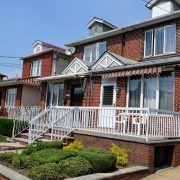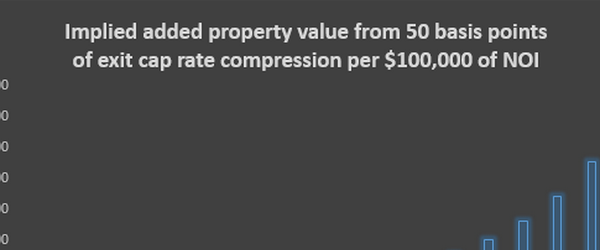Housing demand increases and residential property investing are very closely linked concepts in the following sense. Profitable property investing requires the selection of properties with good prospects for significant price increases. Strong increases in demand within a non-oversupplied, or even better, a supply-constrained market can be the catalyst that will trigger such price increases. Within this context, forces that can trigger increases in housing demand should be of primary interest to residential property investors. Household growth is one of the major forces that drives increases in housing demand; and if such increases occur in a market with low vacancy rate and slowly responding housing supply they will trigger significant value and price increases in the local housing market.
The number of households that live in an area can increase through household formation or migration. Household formation is driven by three major forces:
– Demographics
– Social factors, such as divorce rates, and
– Economic factors such as the state of the economy, wages, etc.
Demographics determine household formation to a significant extent, as new households are formed at different rates within the various age and income groups. Thus, an increase in the number of an area’s households can occur by simple aging of the existing population, if age groups with higher household-formation rates increase their percentage contribution to the area’s total population (assuming no loss of households due to deaths).
Obviously, if by the dynamics of deaths, aging, and migration, the number of persons over 30 years old living in an area increases significantly, then, all else being equal, the number of households and demand for housing in that market must increase significantly.
With these in mind, it should be noted that significant fluctuations in historical birth rates could generate considerable variations in new household formation in the years ahead as baby boom or baby bust generations age and enter household-forming age groups.
When thinking about the impact of demographic structures and changes in housing demand, it is important to watch trends with respect to three critical age groups, which tend to represent the three major stages of a household’s life cycle:
- 25-34- includes mostly young, married households, with no children, demanding mostly rental housing and smaller, lower-priced, single-family units or apartments (this is referred to as the pre-nest stage of the life cycle)
- 35-54- encompasses launching and maturing (move-up) families, demanding mostly owner-occupied housing and larger, higher-quality, single-family units, depending on income (this is referred to as the full-nest stage)
- 55 and older- includes older households, demanding mostly owner-occupied housing and smaller, single-family units, condominiums, or apartments, depending on income (this is referred to as the empty-nest stage)Notice that, based on the above idiosyncrasies of these three groups, we can infer the following dynamics and prospects regarding increases in housing demand:
- Increases in the age group of 25-34 will trigger increases in demand for smaller rental housing units and smaller low-priced single-family units
- Increases in the age group of 35-54 will trigger increases in demand for larger, higher-quality, owner-occupied, single-family housing units, and
Increases in the number of people over 55 should trigger increases in demand for smaller, owner-occupied, single-family units, condominiums, and apartments




































Comments